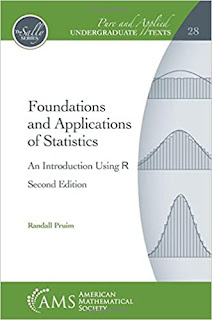Introduction to Optimum Design 4th Edition
 Jasbir Singh Arora ... 912 pages - Publisher: Academic Press; 4th edition (April, 2016) - Language: English - ISBN-10: 0128008067 - ISBN-13: 978-0128008065.
Jasbir Singh Arora ... 912 pages - Publisher: Academic Press; 4th edition (April, 2016) - Language: English - ISBN-10: 0128008067 - ISBN-13: 978-0128008065. Introduction to Optimum Design, Fourth Edition, carries on the tradition of the most widely used textbook in engineering optimization and optimum design courses. It is intended for use in a first course on engineering design and optimization at the undergraduate or graduate level in engineering departments of all disciplines, with a primary focus on mechanical, aerospace, and civil engineering courses. Through a basic and organized approach, the text describes engineering design optimization in a rigorous, yet simplified manner, illustrates various concepts and procedures with simple examples, and demonstrates their applicability to engineering design problems.
Formulation of a design problem as an optimization problem is emphasized and illustrated throughout the text using Excel and MATLAB as learning and teaching aids. This fourth edition has been reorganized, rewritten in parts, and enhanced with new material, making the book even more appealing to instructors regardless of course level. Includes basic concepts of optimality conditions and numerical methods that are described with simple and practical examples, making the material highly teachable and learnable + Presents applications of optimization methods for structural, mechanical, aerospace, and industrial engineering problems + Provides practical design examples that introduce students to the use of optimization methods early in the book + Contains chapter on several advanced optimum design topics that serve the needs of instructors who teach more advanced courses.


















